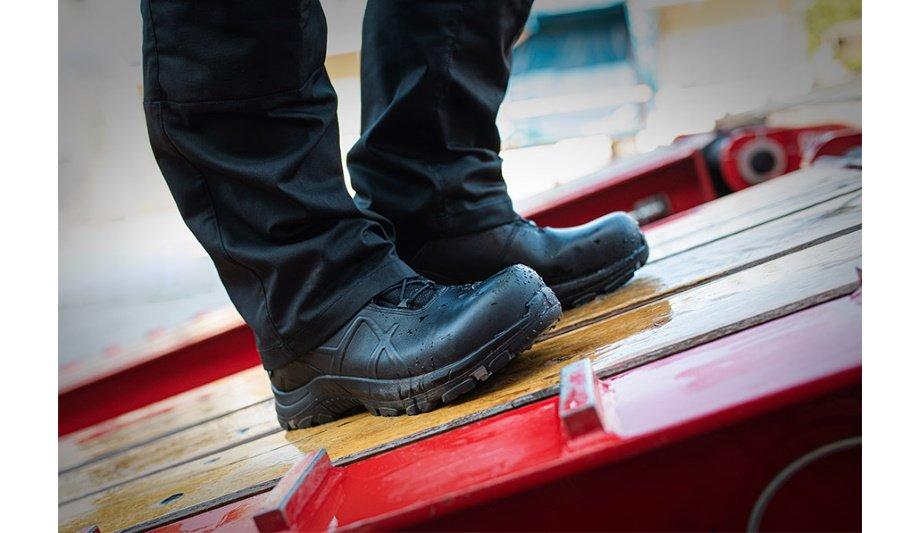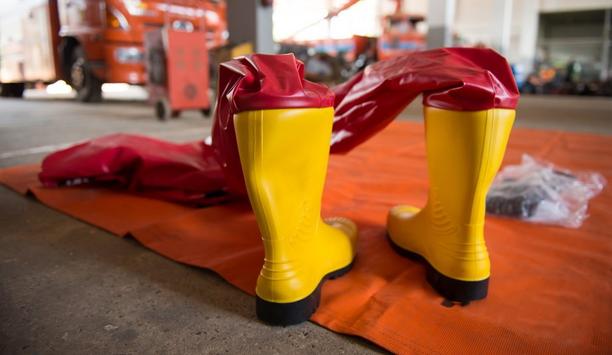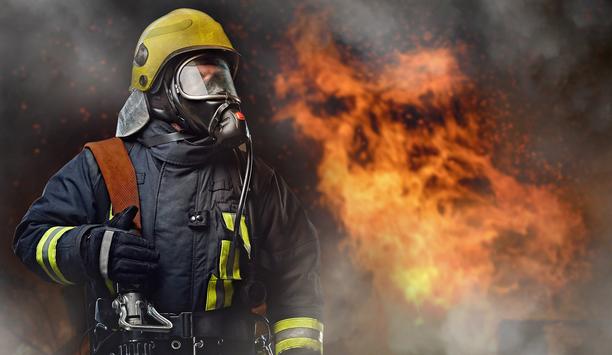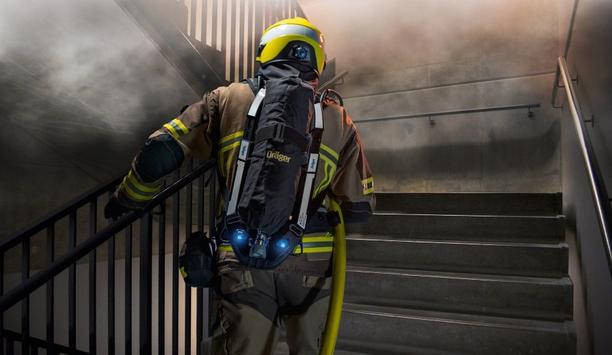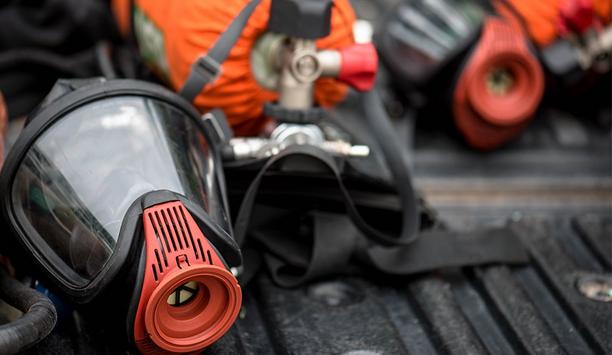Safety boots have come a long way, in the last few years and the availability of choices in safety footwear now is staggering. Safety work boots can vary widely, in terms of quality and features.
Safety boots
When considering safety footwear, certainly one wants to consider the level of protection that these boots are going to provide them, in a given work environment. However, one also needs to take into consideration the features that they offer, with regards to comfort and overall foot health.
Let’s face it, when on the job and when potentially on their feet for hours at a time, one does not want to be distracted by their feet. So, what does one want to consider, when choosing safety footwear?
ASTM F2413 standard certification
Certainly, one of the first things to look for is a boot that is certified to ASTM F2413 standard for toe protection
Certainly, one of the first things to look for is a boot that is certified to ASTM F2413 standard for toe protection. Back in the day, there was ANSI Z41 standard, but ASTM F2413 superseded that standard, back in 2005.
Most modern-day safety shoes are now certified to the ASTM (ASTM International) standard. The most current standard is the ASTM F2413-2018 edition (meaning the edition was revised in 2018), replacing ASTM F2413-2011 standard edition. Since it takes a bit of time for manufacturers to go through a third-party certification process, especially when a new version of a standard comes out, boots certified to the new 2018 edition will just be hitting the market.
Basic impact (I) and compression (C) for the toe caps
Safety work boots can be certified just for the Basic Impact (I) and Compression (C) for the toe caps, or manufacturers can choose to get additional optional certifications as well. Optional add-on certifications are Metatarsal Protection (MT), Conductive Protection (CD), Electrical Hazard Protection (EH), Static Dissipative Protection (SD) and Puncture Resistance (PR).
All certified boots will have a combination of these abbreviations, on the inside label of the boot, depending on what it is certified for.
Electrical hazard protection or puncture resistance features
It is important to take into consideration, what is needed to work efficiently at any particular job, such as the need for electrical hazard protection or puncture resistance in the sole. Bear in mind that electrical hazard protection and static dissipative features are mutually exclusive.
A boot can only be one or the other, but not both. Think of it this way, one helps to prevent electricity from coming into the body (EH), the other helps to prevent anyone from emitting static electricity (SD).
Certified conductive (CD) boots
Boots that are certified conductive (CD) are similar to static dissipative boots
Boots that are certified Conductive (CD) are similar to static dissipative boots. However, conductive boots just ‘conduct’ the static electricity faster and more completely, when compared to static dissipative boots.
Also, be aware that in the case of EH rated boots, they are not meant to be the primary source of protection, but only a secondary source of protection.
Composite toe caps popular in modern boots
When talking about safety boots, toe protection certainly is the biggest player here. The question then becomes, whether the toe caps should be steel or composite. Composite toe caps are becoming more and more popular, as they can help reduce the weight of a boot.
Manufacturers are designing boots using newer and more modern technologies, in order to make boots lighter and more comfortable. One thing to note with composite toe caps is a smaller toe box, when compared with a steel toe.
This is because, the thickness of the toe cap must be thicker in a composite toe than a steel toe, in order to provide enough protection from the impact and compression, as dictated by ASTM standard. In the end, it is more a matter of personal preference, whether to go with a composite or a steel toe.
HAIX leather for enhanced breathability
Other factors to consider, when choosing high quality safety boots, are whether the preference of material is leather or fabric. Good quality leather will be more durable and some leathers, like HAIX leather, are breathable as well.
Those looking for waterproof boots should opt for a waterproof inner liner, such as GORETEX, which will wick moisture and allow the feet to breathe freely. This will help prevent the feet from getting too hot and sweaty, while the moisture wicking properties will help keep the feet dry.
Slip, oil and fuel resistance soles
Firefighters should look for a sole that mentions it offers slip resistance, when choosing the sole
It is also important to consider what type of sole is required for the job, with slip resistance certainly a key factor in a lot of jobs. Firefighters should look for a sole that mentions it offers slip resistance, when choosing the sole.
Oil and fuel resistance may be needed in some environments and there are soles that are able to withstand exposure to these chemicals, over time much better, when compared to others in the market. Those interested should look for a sole that mentions it is oil and fuel resistant.
For those working outdoors in cold and extreme weather conditions, may need to consider a softer sole that won’t harden in colder temperatures, which could certainly be a hazard for slips and falls. On the flip side, however, one might be exposed to higher temperature surfaces and requires a sole that is heat resistant.
ASTM offers puncture resistance (PR) in testing
Also, consider whether there is a need for puncture protection in the soles, as ASTM does offer puncture resistance (PR), as part of its optional testing, so be sure to look for that to be mentioned on the label.
As mentioned, there is a wide array of safety shoe models on the market to choose from. Firefighters and rescue personnel want to protect their feet, not only from hazards in the workplace, but also want to protect the health of their feet. Investing in a good quality pair of boots that will take care of the feet will ensure superior comfort for a long time.
